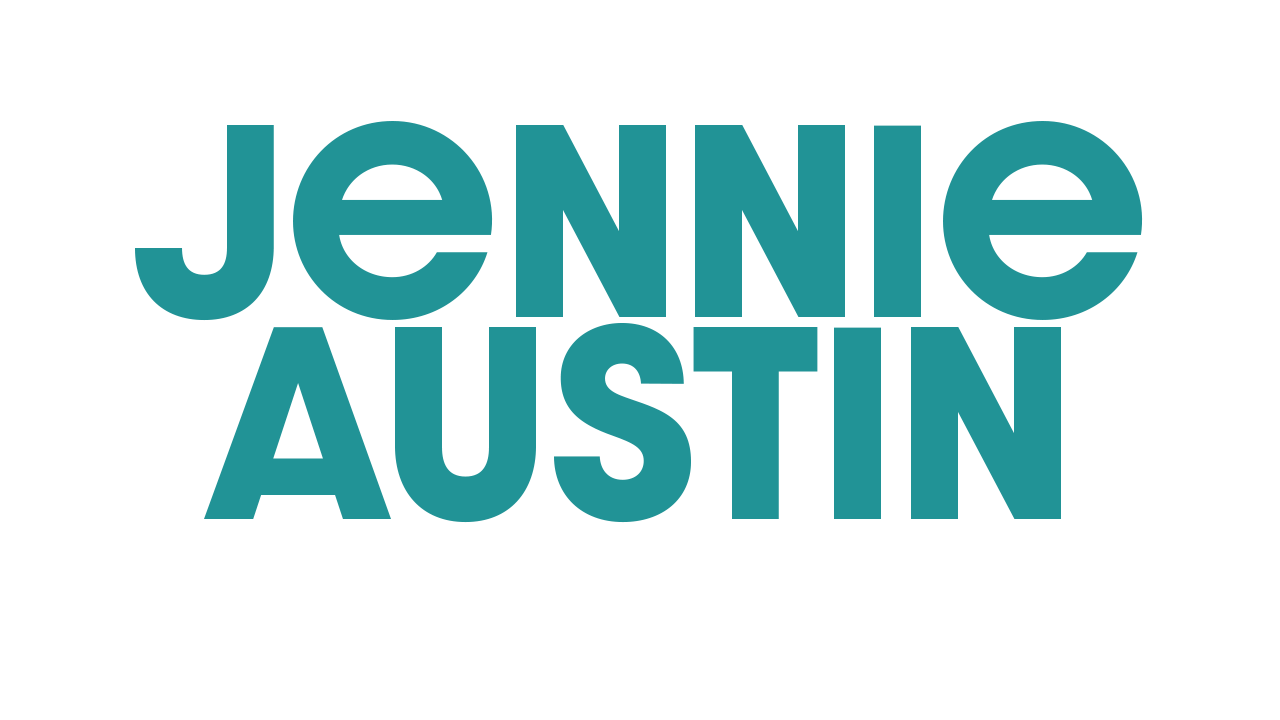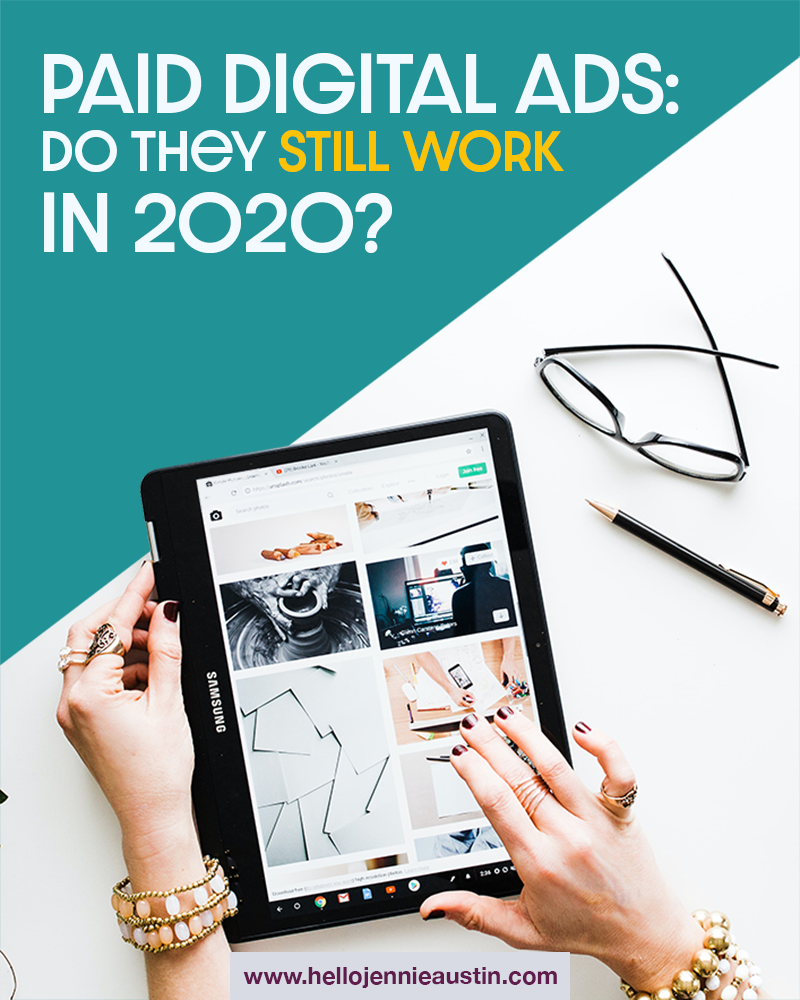Paid Digital Ads: Do They Still Work in 2020?
Photo by Brooke Lark on Unsplash
As a small business owner, if you’ve ever received an email or notification from Google, Facebook, or another online platform with free advertising credit, you might already be familiar with paid digital advertising. These companies are looking to have you spend money with them to advertise your business to users on their platforms.
Utilizing this free credit may seem tempting—although in many cases you need to spend a certain amount to access the “free” credit for the ads—but is it still worth the effort in 2020?
What are paid digital ads?
First, let’s cover what exactly falls under the term “paid digital ads”.
In short, these are online advertisements that you get to target certain users, based on certain characteristics or behaviors, and pay the platform to show these ads.
Some examples of paid digital ads are:
Google display or search ads
Video ads on YouTube
Facebook/Instagram promoted posts
LinkedIn ads
Promoted Pinterest pins
Typically, for ads on social media platforms, the more money you put behind a promoted post, the more impressions, or instances of the ad being viewed by a user, the ad will get. You have the option to narrow down which users this ad will show to through targeting. You can target users by some of the following characteristics:
If they have visited your website previously
The kind of content they’re interested in on the platform
Demographics like location, age, gender, etc.
For paid ads on Google, however, you have the option to show your ads on Google search engine results pages, YouTube, or other websites within the Google Display Network. For display and YouTube ads, like social media ads, you will typically pay for impressions.
For search ads, however, you have some options on how you’d like to pay, but most often you will pay for each click on your ad. That’s why these types of ads are also referred to as pay-per-click (PPC).
PPC allows you to choose which search queries entered into Google you’d like your ad to appear for. The highest bidder will show first. Clicks will cost anywhere from 2 cents to 50 dollars; it all depends on how competitive your industry and search terms are.
When should you use paid digital advertising?
Because paid ads usually have an immediate effect, they can help you get results very quickly. Many companies see great success by using paid advertising in the following instances:
When they are launching a new product
When they are launching a new service
When the company is new and needs to gain more awareness
Think of it this way: anytime you’d like to quickly enter a new market or catch the attention of a new type of audience, you might consider paid digital advertising. However, it has its pros and cons.
How effective is paid digital advertising?
In the short term, paid ads can be very effective in driving website traffic and revenue. You might see a great return on investment right away. However, it’s a good idea to look at other marketing tactics to set yourself up for the long term as well. Paid advertising won’t work as a primary driver in the long run.
Keep in mind that this type of advertising won’t work for all types of audiences either. Take Gen Z, for example. This generation has grown up constantly surrounded by advertisements, making it easy for them to ignore them.
A recent behavior study by Backlinko showed that only 19% of users clicked on an ad on Google’s search results pages. This number is highly dependent on the type of search performed, however, and doesn’t mean that your users won’t ever click on your ad.
Keep these things in mind when building your overall marketing strategy. You shouldn’t rely solely on digital ads to bring in traffic. Utilize other tactics for the most long-term success.
What are some tips for paid digital advertising in 2020?
When it comes to digital ads, the possibilities are endless. However, depending on what type of industry you’re in, certain types of ads might perform better than others.
My first recommendation is to use video as much as possible in your ads. Video ads have the highest click-through rate (CTR) of all digital ad types, at 1.84%. If you’re promoting a new product, advertise a demo video of the product in action. If you’re a service-based B2B company, take a testimonial video of one of your happy customers talking about how much your service helped their business.
When choosing which platform to launch your digital ads, it’s important to understand not only which platforms your target audience spends time on, but how they use it. For example, if you’re demoing a new hair product on Instagram for your ad, remember that the best-performing posts on Instagram are high-quality and visually pleasing.
Another good strategy is to promote your blog content in your ads. Run some search ads that direct more traffic to your blog posts. This increase in traffic is good for your website’s search engine optimization (SEO), which can help produce more results long-term.
Most importantly, when building your digital advertising strategy, keep in mind that users will click on things that they believe can help them. Whether it’s a cool new product or a service that fulfills their search intent, content that aims to be helpful will always win.






Hi! I’m Jennie.
Thank you for visiting my blog! I write about marketing tips for small businesses and how to succeed as a female professional. I write from experience about the things that I love.